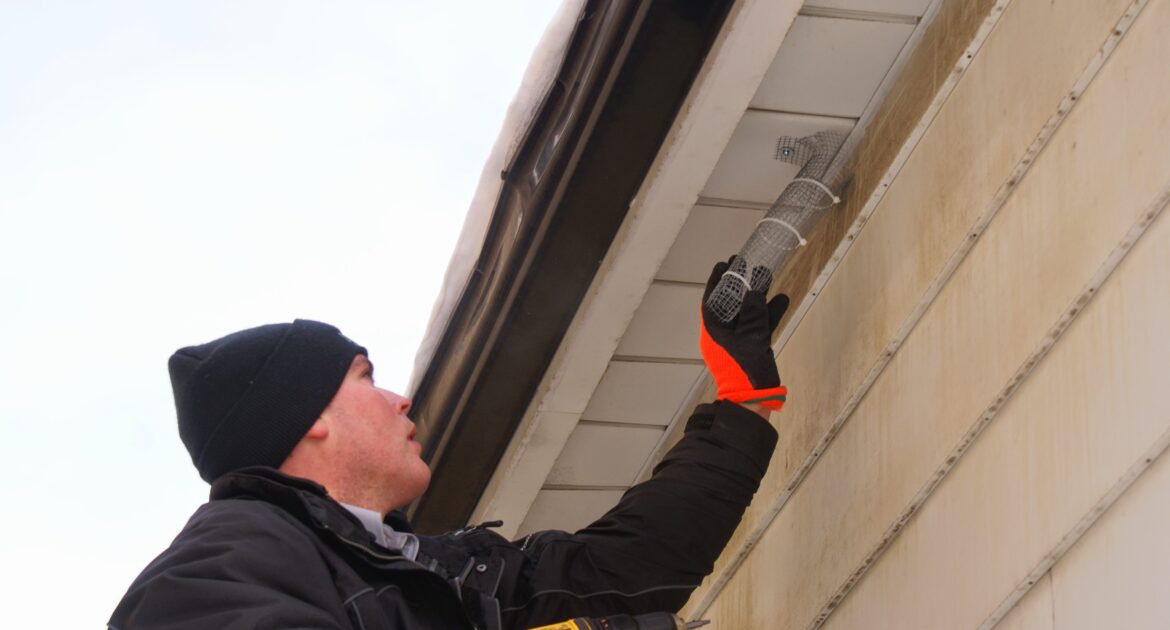Bats are essential to the environment, but they are not welcome houseguests. To keep bats away, you need to secure your property to eliminate any possible openings. If you need help protecting your house, contact bat removal Coquitlam for preventative services.
3 Tips for Bat-Proofing Your Coquitlam Home
Bat-proofing essentially means using prevention strategies to protect your home and reduce the likelihood of bats finding their way inside your attic or wall cavities. Bats, like rodents and birds, have flexible skeletons and can squeeze through an opening of about 8 mm; any space this size needs to be sealed to prevent entry. When it comes to bat-proofing your house, you can use three techniques.
1. Locate Potential Entry Points
Before you can seal potential entries, you must locate them. Bats don’t need a large opening to make it into your house. A bat can fit into a space the size of a quarter or even a dime. For the inexperienced, locating such small openings around your home, especially in the high locations bats prefer, is challenging, so you must look for other clues. Signs of access points will include droppings or urine around the opening. Some areas that make for popular bat entrances include:
- Missing roofing materials
- Broken windows
- Old porches
- Gapping or decay along chimneys
2. Apply Weatherstripping
When learning how to get rid of bats, you likely learn the animals may use gaps along doors and windows to enter a property. The animals will even crawl underneath a doorway if it provides enough room. Because the animals are persistent, it is crucial to eliminate any gaps around such easily accessible access points as doorways. Weatherstripping is the ideal defence against a bat’s intrusive behaviour.
The stripping comes in various materials, including hard rubber, natural fibres, aluminum, and fine wire. The material acts as a barrier for some of the most vulnerable areas of a property.
3. Fill Gaps and Cracks
Fill all gaps and cracks around your house to keep bats and other wildlife out. You can use a standard sealant or caulking, readily available at any hardware location. You do want to ensure that the material you choose is for exterior use. The label should have something like “all-weather” written on it to indicate durability. Using the incorrect material means the caulk or sealant will dry out and quickly shrink or crack when exposed to the elements.
Before sealing off your property, you should have an inspection done to ensure no bats are currently nesting in your home. If you eliminate all entrances, you trap the animals, which can lead to starvation and death.
Correct Times for Bat Removals
The authorities do not always permit you to remove bats from your home. Many bat species are at risk in Canada; therefore, the government regulates the capture and removal of the animal. The BC Wildlife Act does not permit the removal of bats in the spring and summer when the animals are nesting and nursing their young. The only time you can remove the animals is during the fall and early winter. You can speak to a wildlife control professional to learn more about proper removal times and safe practices.
Professional Help
Bats are protected under Canadian law; removing the animal at specific times of the year is illegal and can result in fines and other penalties. Contact Skedaddle Humane Wildlife Control to discuss bat removal and prevention and to schedule a property inspection to determine if any bats are currently nesting in your home. If evidence of bats exists, the service will provide you with your options and an estimate for service.




